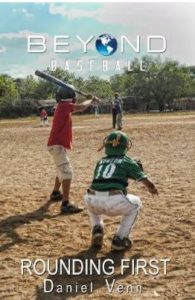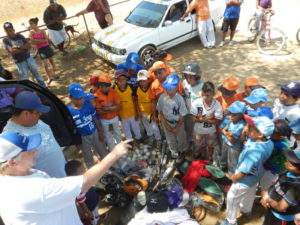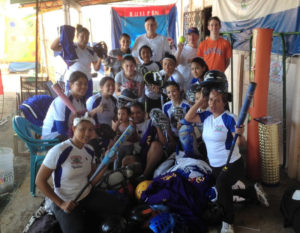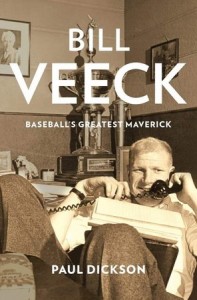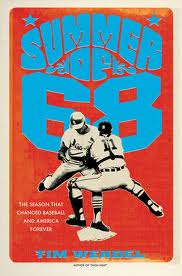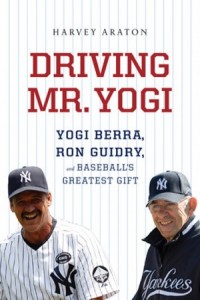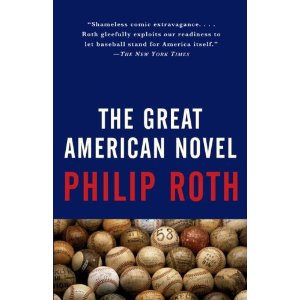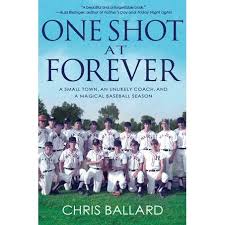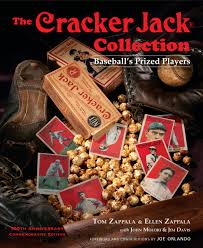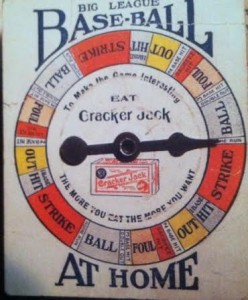 Under One Roof – The Yankees, The Cardinals
Under One Roof – The Yankees, The Cardinals
and a Doctor’s Battle to Integrate
Spring Training
By Adam Henig
Wise Ink Creative Publishing – 2016
$9.95
Under One Roof – The Yankees, The Cardinals and a Doctor’s Battle to Integrate Spring Training is more than a baseball book. It is also a biography and a history book – with an important story to tell about perseverance, courage and the battle for civil rights in the Jim Crow south; specifically in St. Petersburg, Florida.
It is the story of African American physician Ralph Wimbish in particular, but also of his family, and their impact on the city of Saint Petersburg, the pursuit of civil rights and Major League Baseball’s Spring Training. While Wimbish’s fight to change the treatment of black ballplayers in Spring Training provides the central hook for the book, readers also learn about the work of Ralph Wimbish and his wife Bette to help integrate public facilities from hospitals to restaurants to golf courses and beaches. For the Wimbishes, civil rights were truly a family affair. Here are just a few highlights:
- Ralph Wimbish organized St. Petersburg’s Ambassadors’ Club – comprised of the city’s African American leaders in business, education, law and medicine – to help finance and spur St. Petersburg’s civil right movement. Wimbish also later served as President of the St. Petersburg Branch of the NAACP.
- Wimbish’s wife Bette, a teacher and later an attorney, also was an active civil rights crusader and the first person of color to serve on the St. Petersburg City Council;
- Wimbish’s daughter Barbara was the first African American student to attend St. Paul’s Catholic High school in St. Petersburg.
- Wimbish’s son Ralph Jr., integrated the city’s all-white Little League.
As Henig accurately portrays, the Jim Crow South was no easy place for African Americans – particularly those who were willing to step forward in the cause of civil rights. Henig shares the story of how the Ralph and Bette Wimbish came to live in St. Petersburg, despite finding what seemed to be the perfect house in Tampa. In Henig’s words:
It was located in a predominantly white neighborhood, but since the previous owner was an African American, Bette felt comfortable that her neighbors would be agreeable or at least tolerant. She signed the papers.
The day before she was scheduled to move, the house was torched and burned down. The suspected arsonist was a nearby store owner and active member of the Ku Klux Klan. He was never charged. Distraught, Bette began looking elsewhere for her family to settle. Tampa was out, so the couple decided to start looking across the bay to Ralph’s hometown of St. Petersburg.
The rest, as they say, is history.
The level of Wimbish’s commitment and the depth of his influence are perhaps illustrated by the opposition’s response – more than one cross burning in the Wimbish’s front yard, a fire bomb thrown at their home and numerous death threats. Even without the baseball ties, this book tells an important story about an important (and risky) struggle.
Still, at the center of Henig’s book are Ralph Wimbish’s efforts to ensure that black baseball players who came to St. Petersburg for spring training were allowed to live and eat in the same places as their white teammates. Here’s Cardinals’ black first baseman Bill White (who would go on to become President of the National League) describing the situation in 1961:
I can’t stay at the same hotel as the white players. These players are my friends, yet I can’t go swimming with them. I can’t even go to the movies with them. Driving on the highways, I’ve got to be on the lookout for a Negro restaurant to eat because they won’t let me eat where the white folks eat.
The fact is, Black players for years had been forced to live in the homes of Black families and often take their meals with them, while the white players enjoyed St. Petersburg’s best (and segregated) hotels and restaurants.
In early 1961, Wimbish decided the unequal treatment of Black ballplayers taking part in Spring Training in St. Petersburg had gone on long enough. No longer would he tolerate separate housing for Black players in St. Petersburg (hence the title Under One Roof). It became a personal crusade. As Henig notes in the book:
If Major League Baseball had not heard of Dr. Ralph Wimbish. it soon would. He was about to turn its world upside down.
Henig does a great job of telling and documenting the tale of Wimbush’s fight to bring all ballplayers under one roof in St. Petersburg; as well as introducing us to his allies (and opposition) and the ultimate impact of his efforts.
Hall of Famer Bob Gibson’s recollection of the Cardinals’ 1961 move to the integrated Doctors’ Motel in St. Petersburg:
It was such a novelty in St. Petersburg to have an integrated hotel that the team’s residence soon became a “local tourist attraction,” as recalled by African American pitcher Bob Gibson. “People would drive by to see the white and black families swimming together.”
Ultimately, Under One Roof is a story well-worth telling (and reading) – well told. To order Under One Roof from Amazon.com, click here.
BBRT Note: Having lived in the pre-integration South in my youth (military family) – and witnessed first-hand such inequities as theaters that restricted black movie-goers to the balcony, restaurants that served white customers out front and black customers at tables in the kitchen, segregated restrooms and even separate water fountains – I took a special interest in Henig’s book (and would recommend it to anyone not familiar with the culture of segregation at the time).
Adam Henig is the author of Alex Haley’s Roots: An Author’s Odyssey. His writings have appeared in the San Francisco Book Review, Tulsa Book Review, Medium, The Biographer’s Craft and Blogcritics. He’s also been featured on the podcast, New Books Network: African American Studies. Adam is an active member of the Biographers International Group (BIO).
For more baseball book reviews, click here.
I tweet baseball @DavidBBRT
Member: Society for American Baseball Research; The Baseball Reliquary; Baseball Bloggers Alliance.
